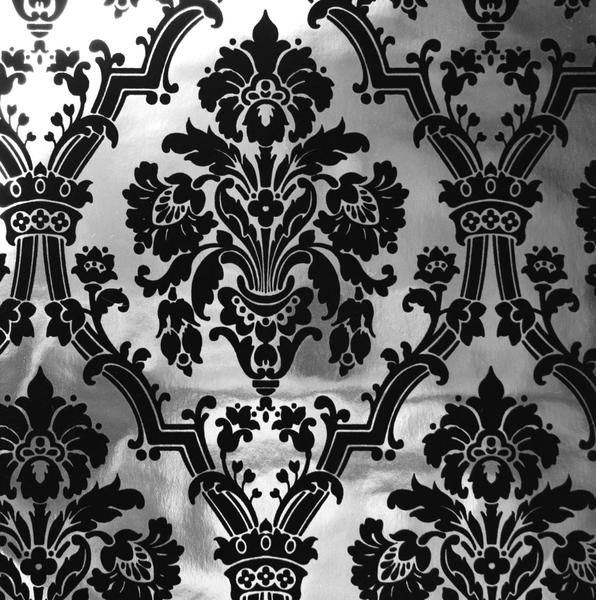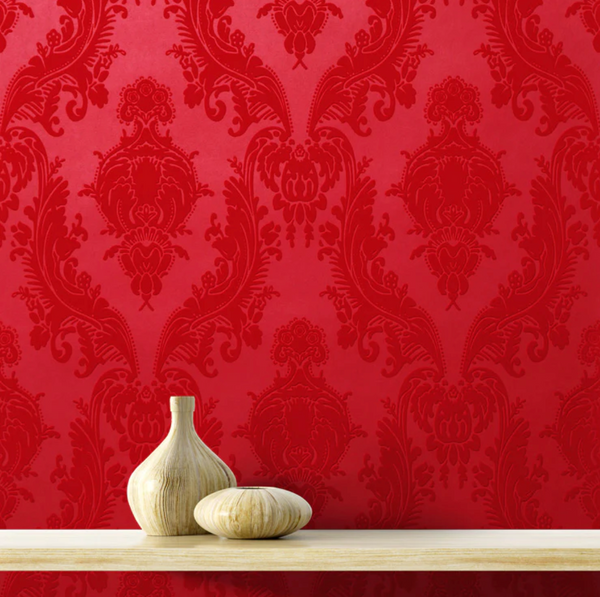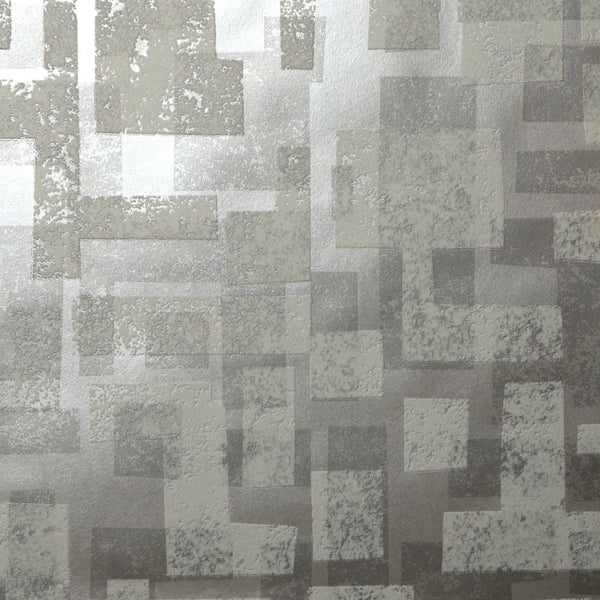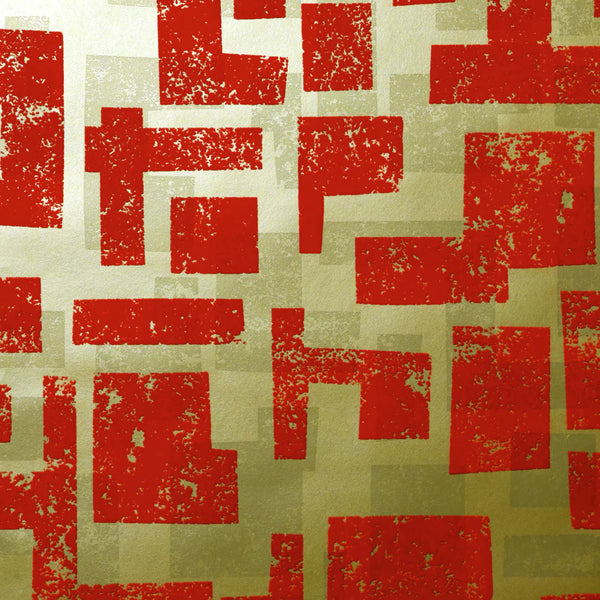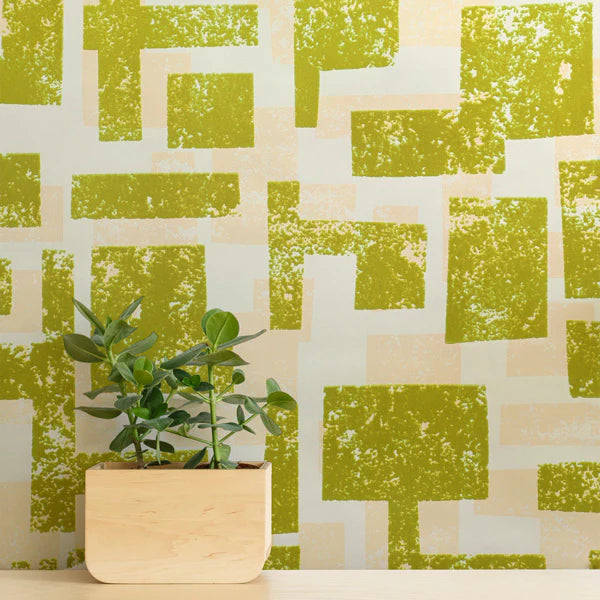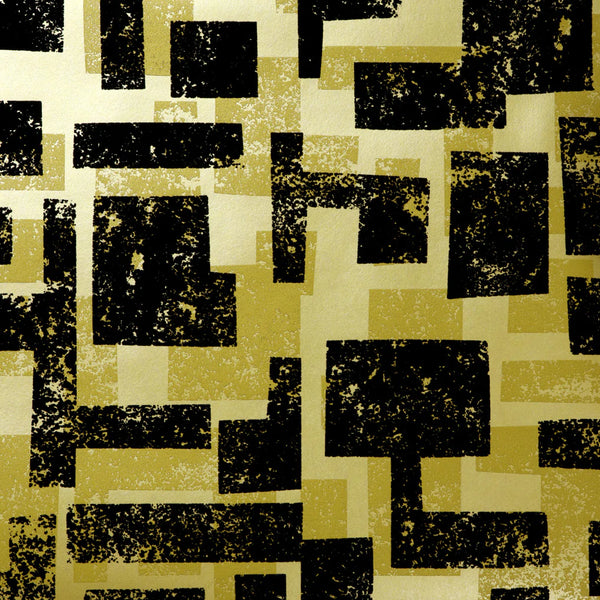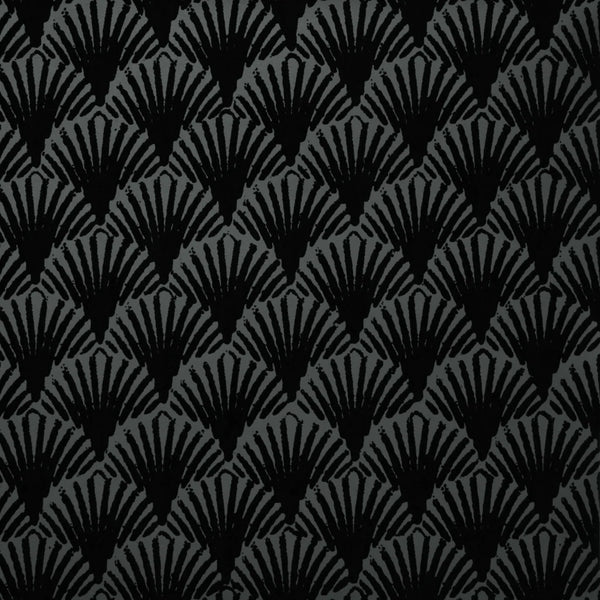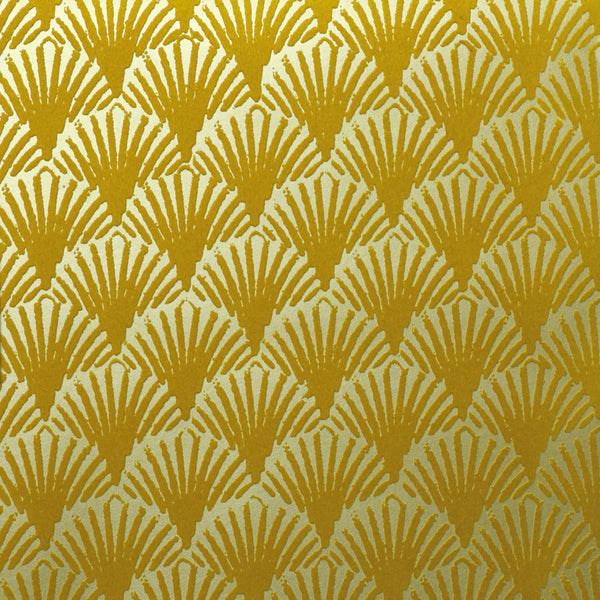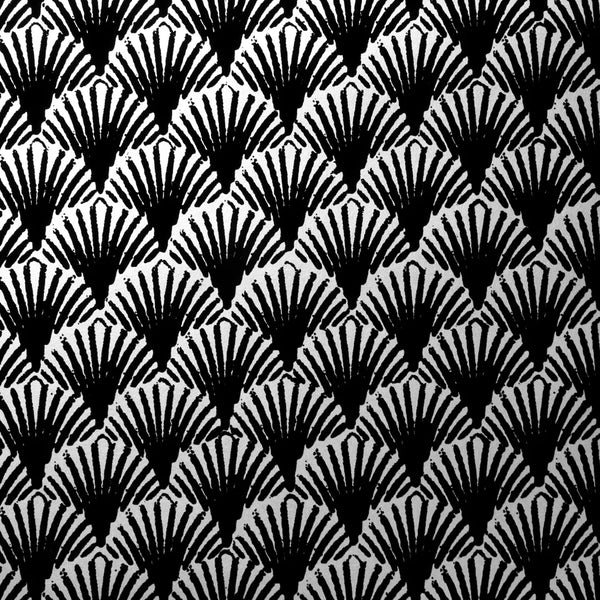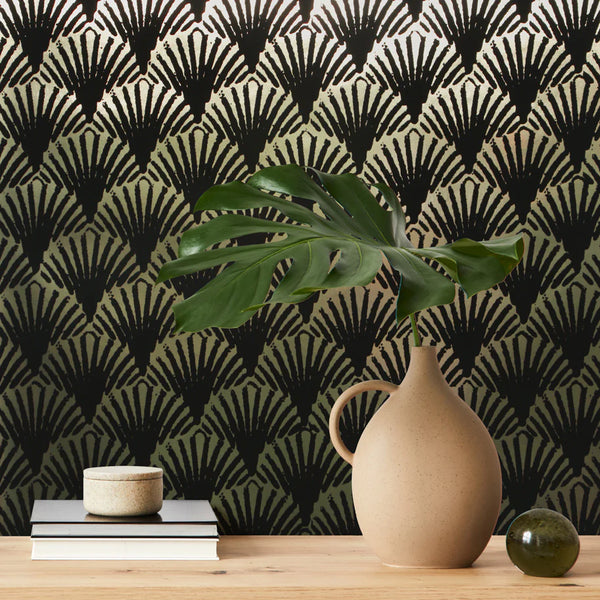Taxes and shipping calculated at checkout
Flocked Velvet Wallpaper

Flock wallpaper was originally invented to imitate expensive cut-velvet hangings. Traditionally it was created by adding 'flock' – a waste product of the woollen cloth industry, which came in powdered form – to an adhesive coated cloth to create a raised velvet-like textured pattern or design. Today 'flock' has been replaced by man-made fibres such as polyester, nylon or rayon.
It is not clear when the first flock wallpapers were produced, but trade cards and advertisements show they were available by the late 17th century. By the 1730s many flock papers that were direct imitations of damask (a rich, heavy silk or linen fabric with a pattern woven into it) or velvet began to appear. The range of patterns available at this time seems to have been relatively limited. One particularly magnificent design has been found in several locations. This was a crimson flock on a deep pink background, which has faded to yellow on most surviving examples. This pattern was hung in the offices of His Majesty's Privy Council, Whitehall, London, around 1735, as well as in the Queen's Drawing Room in Hampton Court Palace and in several town and country houses, also in the 1730s. Citation: V&A Museum


















